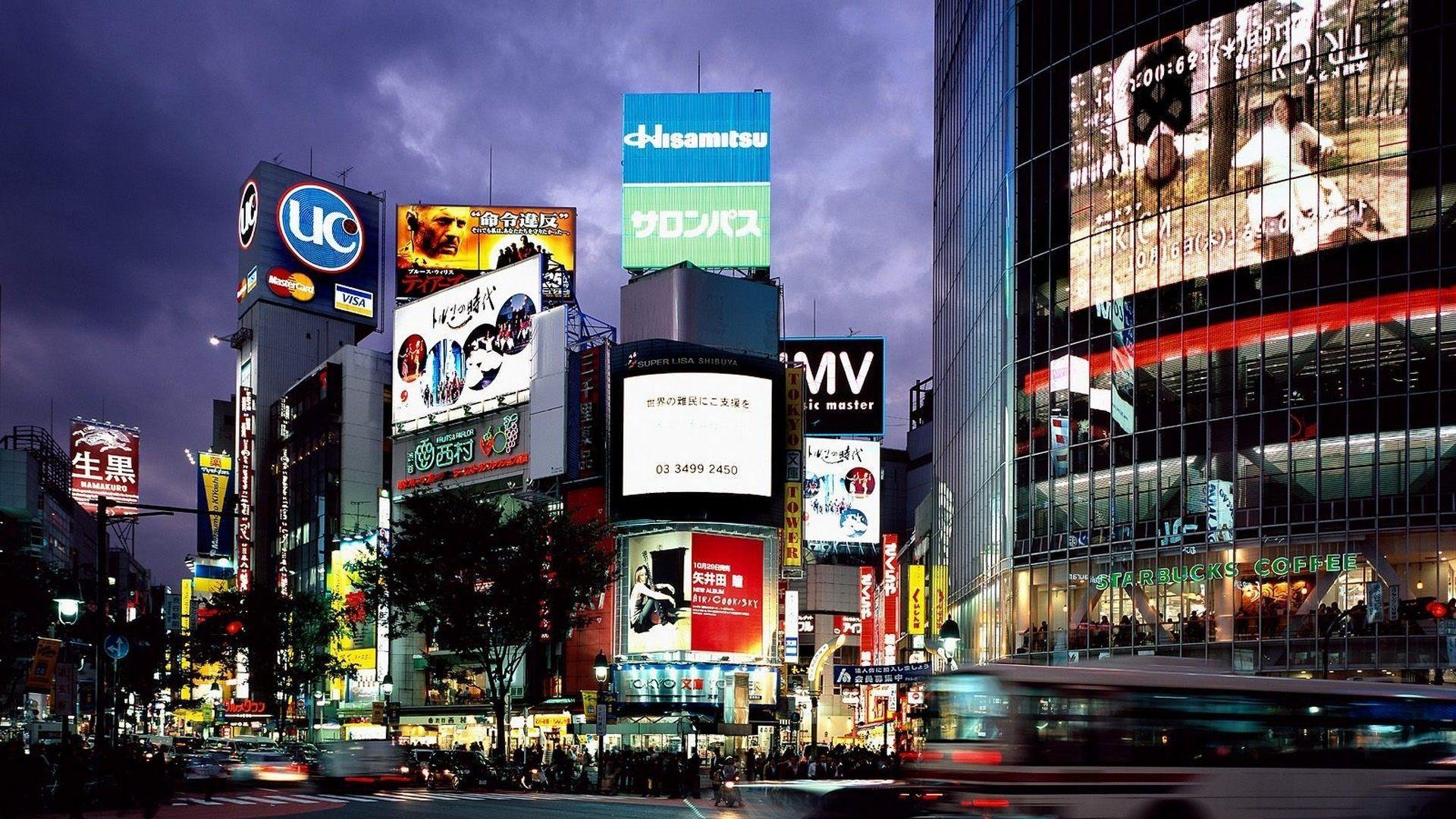
Your Advertising Does Not Have To Be Boring
Here is a publicizing plan thought that will move you to make inventive promotions as opposed to exhausting ones. I consider it the "Picture ID Configuration Model, " which is a helpful gadget on the off chance that you make publicizing for your organization or association. It is one of the simplest and best ways of making a special promotion, standard, or banner. What's more, it will often give you an outcome that gets taken note of.
** Think about the personal id
Contemplate a "personal id" briefly. Its most prevailing aspect is the photo. Different components on the card "support" the photograph — the individual's name, address, or ID number.
These things are not really less significant than the photograph. Be that as it may, the picture is plainly the principal component. The personal id is "about", which is plainly reflected in the visual computerization of the card.
In the event that you are not used to considering visual depiction connected with capability, this might appear to be an exaggeration — "Hello, it's simply a card with an image on it." Yet consider it briefly. A picture id has the particular occupation of recognizing an individual. That makes the photograph the main component of the card. So it makes sense that the photograph ought to be offered the most consideration.
** Make the photograph the prevailing component
At the point when you apply the picture id model to a print promotion, banner, bulletin, standard plan, or even a television promotion the outcome is typically really direct. You accept the predominant component in the piece will be the picture — the photo. Furthermore, you likewise accept the photo will be the primary "identifier" that characterizes the look and, surprisingly, the substance or subject of the piece. For example, you find a photograph of a cool-looking person wearing shades. What's more, that picture fits the message you are attempting to pass on in your promotion.

Serious publicizing planners might protest that this flips around the standard correspondence process. They could say, "You ought to constantly begin with your selling message, and find components that represent that message." For example, to sell "pet consideration" items, you ought to start with the subject you need to impart, and afterward find components that show that topic. Say your subject is a like thing "Our pet consideration items satisfy pets." This topic would then propose different thoughts for photos and titles.
Obviously, this is pleasant in principle, however in established truth, publicizing is seldom that direct. Truly, what for the most part happens is that you begin with a genuinely unambiguous thought ("Our pet consideration items fulfill pets.") As you attempt to foster it you understand it doesn't exactly work or you can't find the photo you had at the top of the priority list. Then, at that point, as you're leafing through the heap of accessible "pet consideration" photographs you see one that brings out a fascinating reaction. So you change your unique idea to fit the accessible photo.
All in all, the photo has turned into the "coordinating topic" for the promotion. Assuming you actually think this twists or degenerates the correspondence interaction, ponder every one of those cleavage pictures on the facade of ladies' magazines. The cover architect realizes that cleavage sells magazines. So the photograph is the beginning stage. The rest follows.
** Components of the Picture ID Model
Obviously, there are no guidelines about what components your pennant or banner ought to incorporate, yet for the most part, they ought to be as per the following:
1. Item photograph or photograph composition
2. Fundamental Title
3. Item Depiction or attempt to sell something
4. Organization Identifier (Logo, address, and so forth.)
Anything over this will quite often make it excessively occupied. This is particularly the situation with banners, bulletins, and pennants which are normally intended to be seen in good ways. You shouldn't attempt to convey detail. Simply your essential selling message, and maybe a general picture.
** Innovativeness is dependably significant
A significant manner by which a "picture id" is unique in relation to an ad is that it comes up short on imaginative missions we regularly partner with promotions. We don't anticipate that promotions should be only an image of the item, the customer-facing facade, or of the organization president. We anticipate that they should be influential — to "sell" the item or thought — and we typically expect that to take some innovativeness.

As a matter of fact, one of the issues with the personal id model is that we might wind up involving it as an unsuitable equation for putting out promotions. We might fall back into the behavior pattern of depending on the organization — prevailing photograph, significant title, attempt to sell something, organization identifier — and simply expect utilizing our imagination is pointless. We might think it isn't important to make a fascinating title, for instance, or search for a striking and essential photograph.
As such, we frequently settle for the standard as opposed to thinking of something innovative. We settle for an exhausting depiction of the item as opposed to a creative assertion of how it can help me, what issue it can tackle, or how much cash I will save on the off chance that I get it.
When in doubt, promoting imagination is quite often better compared to its absence. Obviously, this is challenging to demonstrate. And, surprisingly, more terrible, many individuals guarantee they have no imagination in them, so they think this reasons them from putting in somewhat more effort to concoct a fascinating title thought or trademark.
Yet, regardless of whether you are "inventively tested" you ought to in any case put in somewhat more effort. In publicizing all that matters is this: "Do you need your promotion, your banner, your announcement, or your standard to be viable or not?"
0 Comments